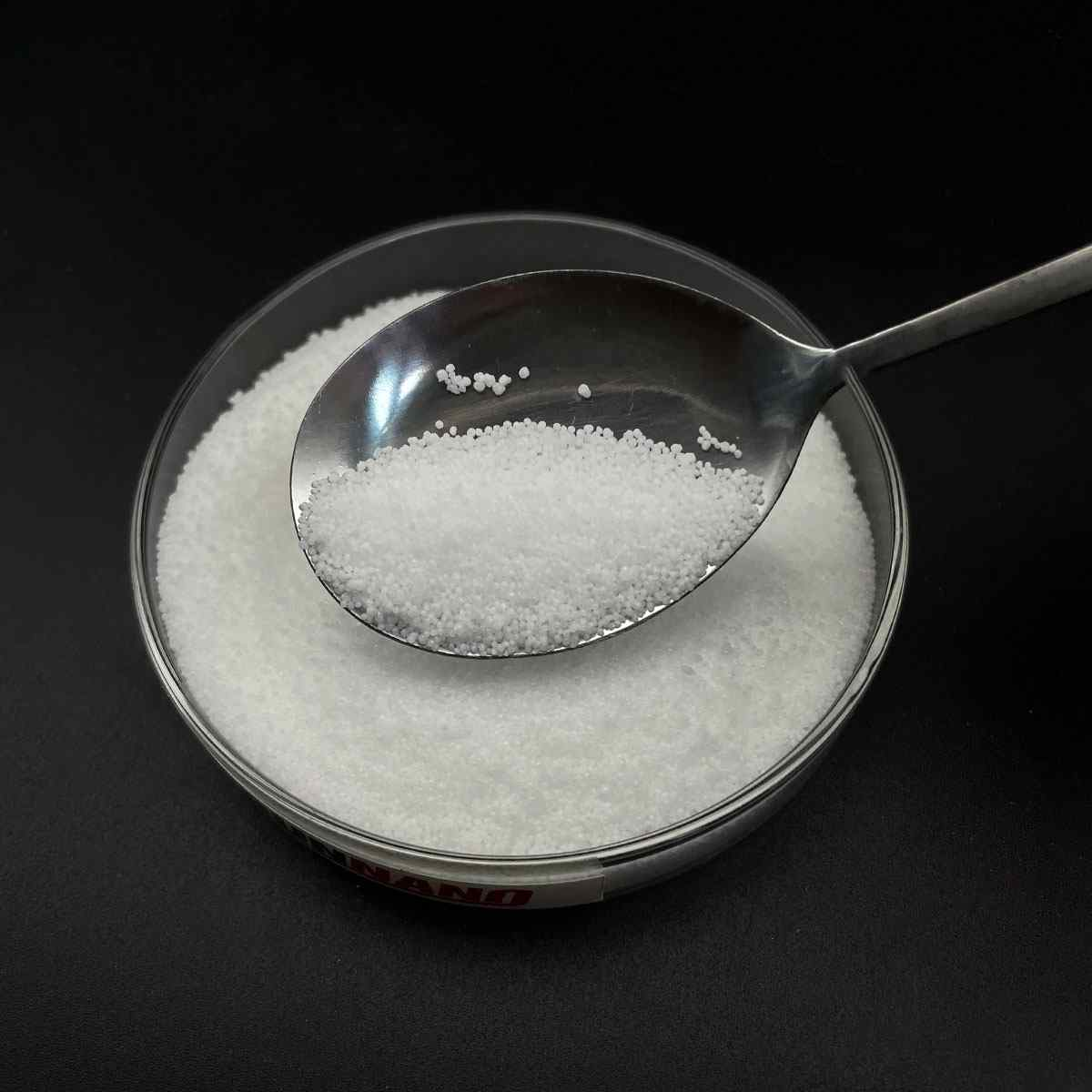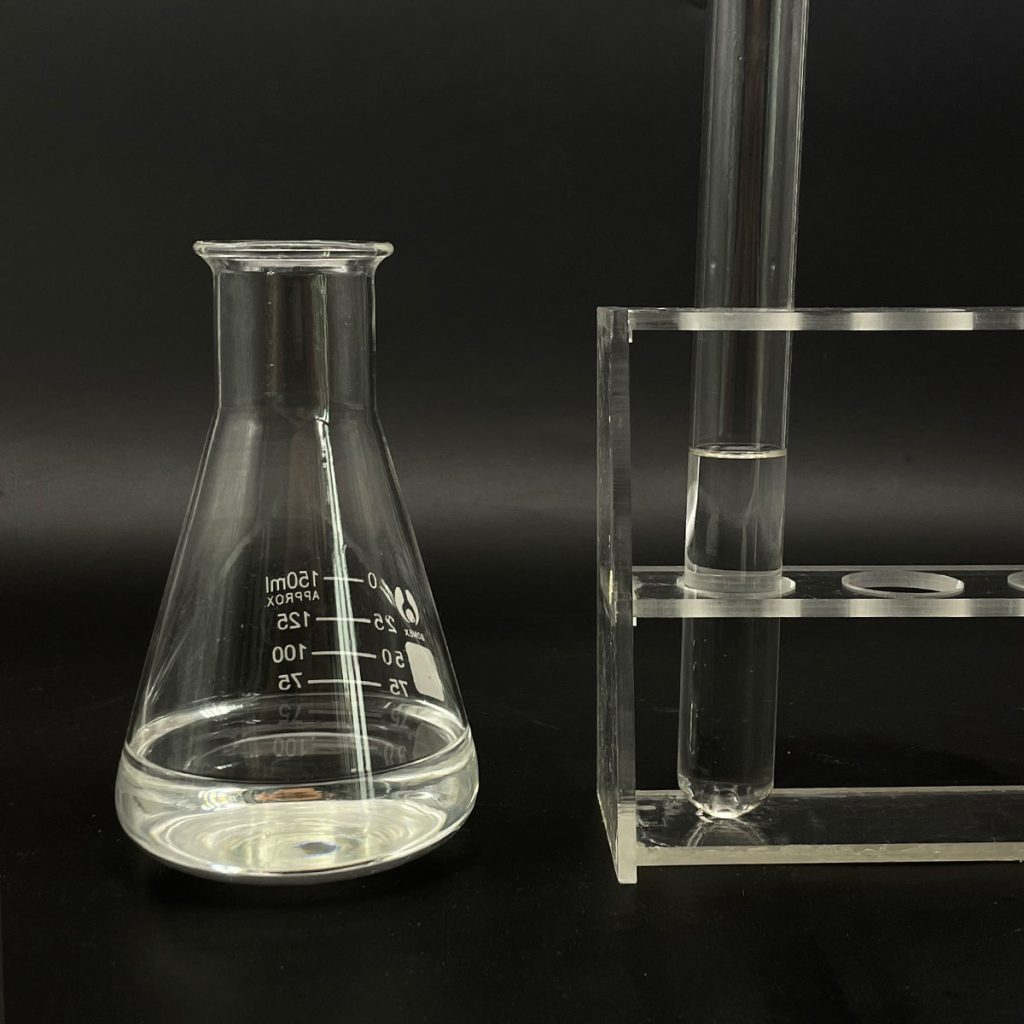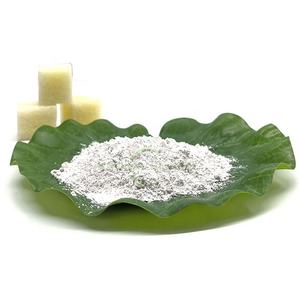1. Introduction
In the past 48 hours, major cosmetic and personal care brands have intensified their shift toward sulfate-free formulations, driven by consumer demand for gentler, eco-friendly ingredients. This trend puts sodium lauryl sulfate (SLS)—one of the most debated surfactants—back in the spotlight. Whether you’re reading a shampoo label or mixing a weed killer, you’ve likely encountered SLS or its close relatives. But what exactly is it, and why does it matter?

2. What Is Sodium Lauryl Sulfate?
Sodium lauryl sulfate (SLS), also known as sodium dodecyl sulfate or natrium lauryl sulfate, is a synthetic anionic surfactant. The terms ‘sls sodium lauryl sulfate,’ ‘na lauryl sulfate,’ and ‘lauryl sulfate’ all refer to the same compound. Chemically, it’s derived from dodecyl alcohol and sulfuric acid, then neutralized with sodium hydroxide. Its primary role is to reduce surface tension, allowing water to spread and penetrate more easily—making it highly effective at lifting oil, grease, and dirt.
3. The Meaning of Surfactant and How SLS Works
A surfactant—short for ‘surface-active agent’—is a molecule with both hydrophilic (water-loving) and hydrophobic (oil-loving) ends. This dual nature lets surfactants interact with both water and oil, enabling emulsification, foaming, and cleaning. SLS is a classic example of an anionic surfactant, meaning it carries a negative charge in solution. This contrasts with cationic surfactants (positively charged, like cetyl trimethyl ammonium bromide), non-ionic surfactants (no charge, like polysorbate 80 or Span80), and amphoteric surfactants (charge depends on pH, like cocamidopropyl betaine).

4. Common Applications of SLS
SLS is prized for its strong cleansing and foaming power. You’ll find it in:
- Toothpastes and mouthwashes (for foam and plaque removal)
- Shampoos and body washes (often labeled as ‘sodium lauryl sulfate for sale’ in bulk)
- Industrial cleaners and degreasers
- Herbicides and agricultural sprays (as a surfactant for weed killer or lawn wetting agent to help active ingredients stick to waxy plant leaves)
In agriculture, SLS acts as a wetting agent for grass, improving herbicide absorption. It’s sometimes grouped with lignin sulfonate or ethoxylated alcohols in formulations designed to enhance spray coverage.

5. Safety and Controversy
Despite its effectiveness, SLS has faced criticism for potential skin and eye irritation, especially at high concentrations or with prolonged exposure. It’s not considered toxic in typical use, but sensitive individuals may prefer milder alternatives. Importantly, SLS is not the same as sodium laureth sulfate (SLES), also called sodium lauryl ether sulfate or sodium lauryl ether sulphate. SLES is ethoxylated, making it less irritating—though concerns about 1,4-dioxane contamination have also emerged.
6. Popular Alternatives to SLS
As consumers seek gentler options, formulators are turning to a range of alternatives:
- Alkyl polyglucoside and decyl glucoside: non-ionic, plant-derived bio surfactants
- Coco glucoside and sodium coco sulfate (sometimes called coco sodium sulfate): mild, coconut-based cleansers
- Sodium lauroyl sarcosinate and lauroyl sarcosinate: amino acid-derived surfactants with good foaming
- Cocamidopropyl betaine (also labeled as coco betaine, amidopropyl betaine, or cocamido): an amphoteric surfactant that boosts foam and reduces irritation
- Sodium cocoyl glutamate and sodium cocoyl isethionate: gentle, biodegradable options common in ‘syndet’ bars
These alternatives are often combined to balance cleansing, foam, and mildness—especially in sulfate-free shampoos where ‘sodium laureth’ or ‘laureth sulphate’ might still appear but ‘sls sulfate’ is avoided.
7. Technical and Industrial Context
Beyond personal care, SLS is used alongside other surfactants like sodium dodecylbenzene sulfonate in detergents, or with fluoro surfactants in high-performance applications. In labs, it’s a standard reagent (e.g., in SDS-PAGE gels). Companies like Rohit Surfactants Private Limited supply industrial-grade SLS globally. Notably, SLS differs from ammonium lauryl sulfate (ALS)—another anionic surfactant sometimes used in shampoos—which may be listed as ammonium dodecyl sulfate or ammonium lauryl sulphate.
Other specialty surfactants include Pluronic 127 (poloxamer 188), sodium deoxycholate, sodium oleate, and even copper 1 bromide in niche chemical processes. However, for most consumer uses, the focus remains on balancing efficacy, safety, and sustainability.
8. Conclusion
Sodium lauryl sulfate remains a cornerstone surfactant due to its powerful cleaning ability and low cost. Yet, evolving consumer preferences and regulatory scrutiny are accelerating the adoption of milder, bio-based alternatives like alkyl polyglucosides and coco betaine. Whether you’re choosing a shampoo or formulating a herbicide, understanding the role of SLS—and its place among anionic, cationic, non-ionic, and amphoteric surfactants—helps you make informed decisions. As the industry moves toward greener chemistry, the future of surfactants lies in innovation that doesn’t compromise performance or planet.
Our Website founded on October 17, 2012, is a high-tech enterprise committed to the research and development, production, processing, sales and technical services of ceramic relative materials such as Sodium. Our products includes but not limited to Boron Carbide Ceramic Products, Boron Nitride Ceramic Products, Silicon Carbide Ceramic Products, Silicon Nitride Ceramic Products, Zirconium Dioxide Ceramic Products, etc. If you are interested, please feel free to contact us.


